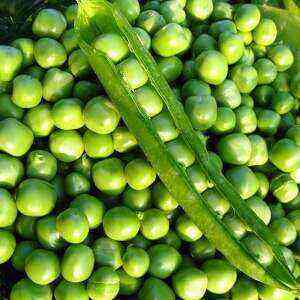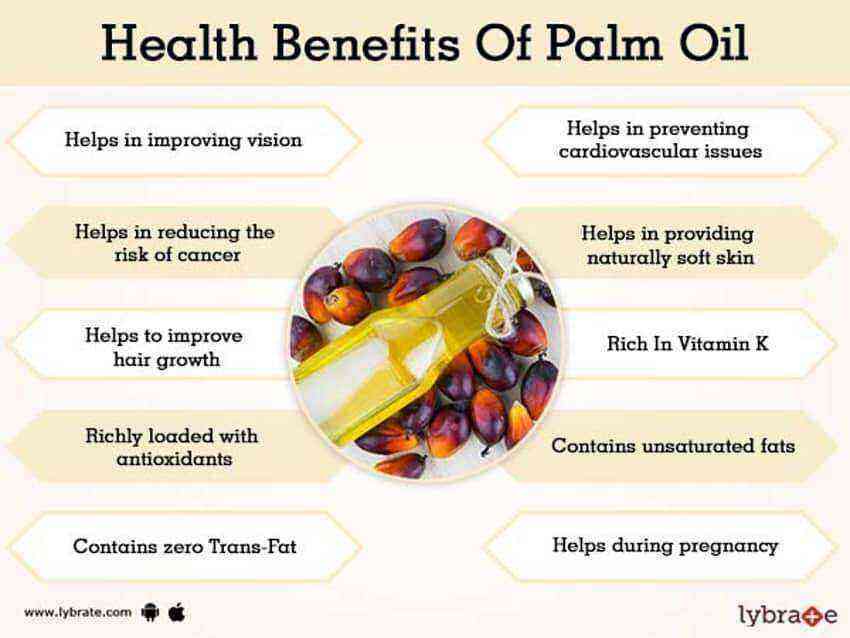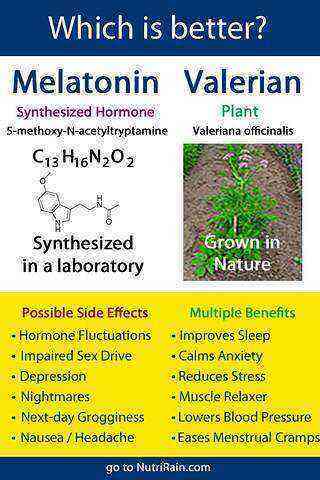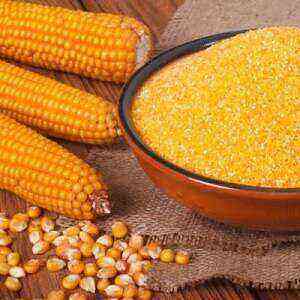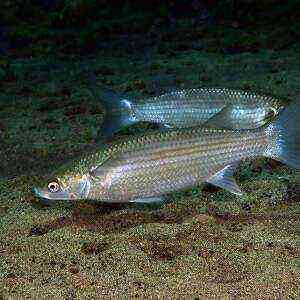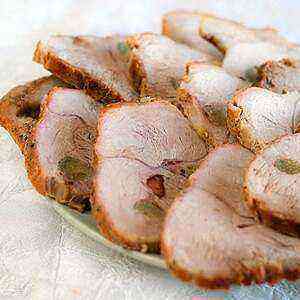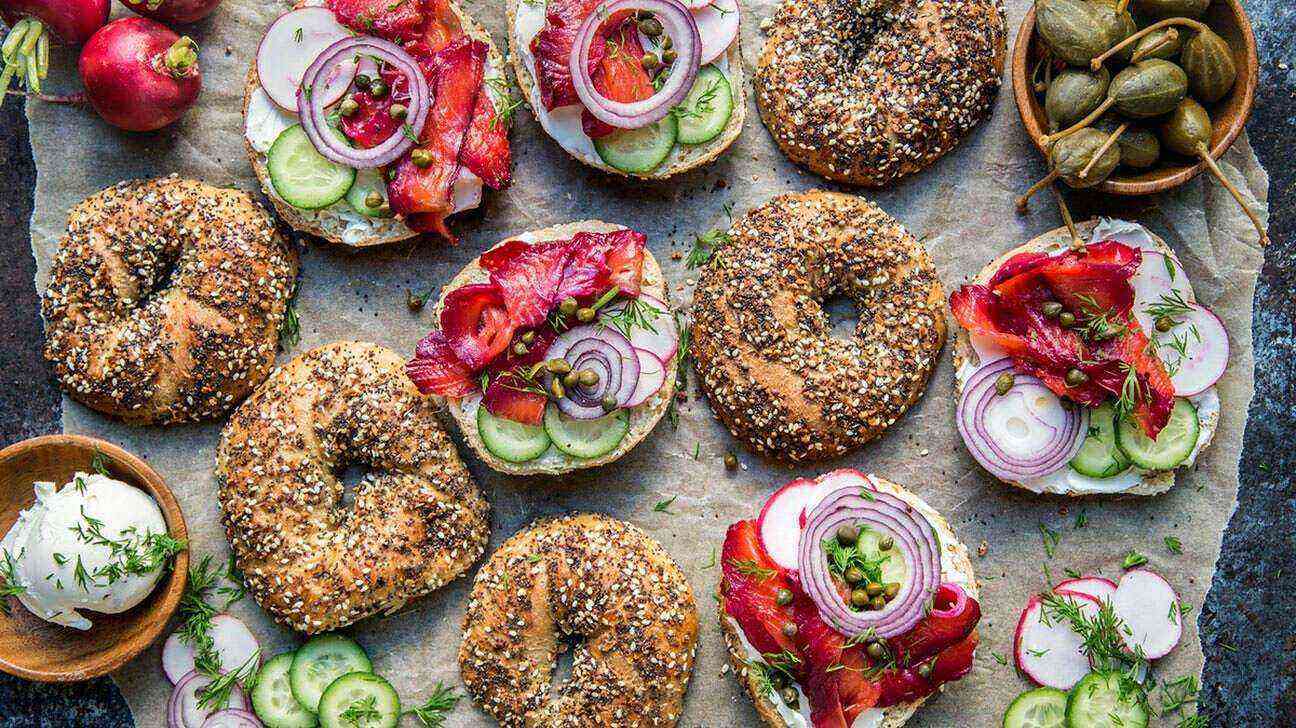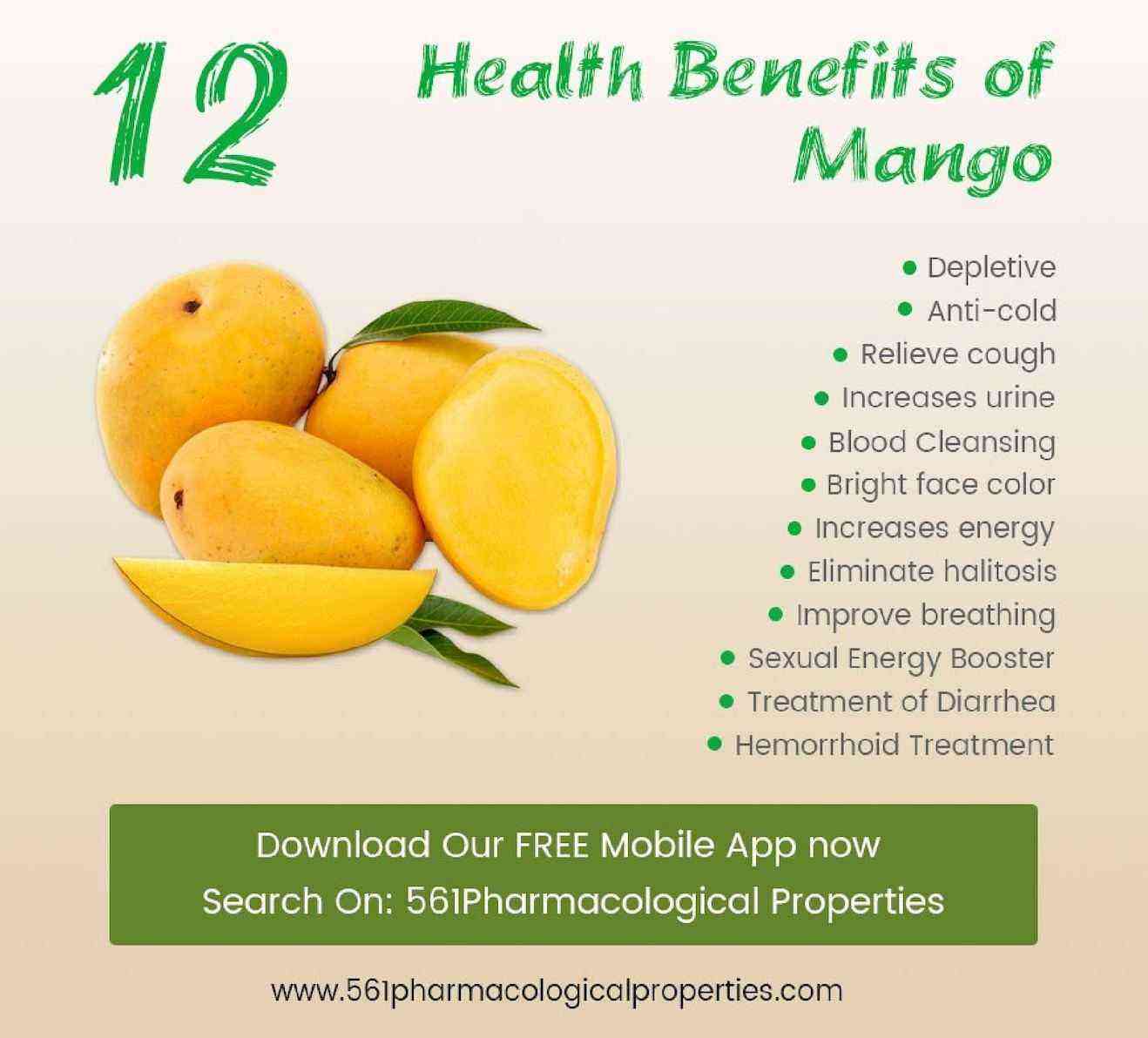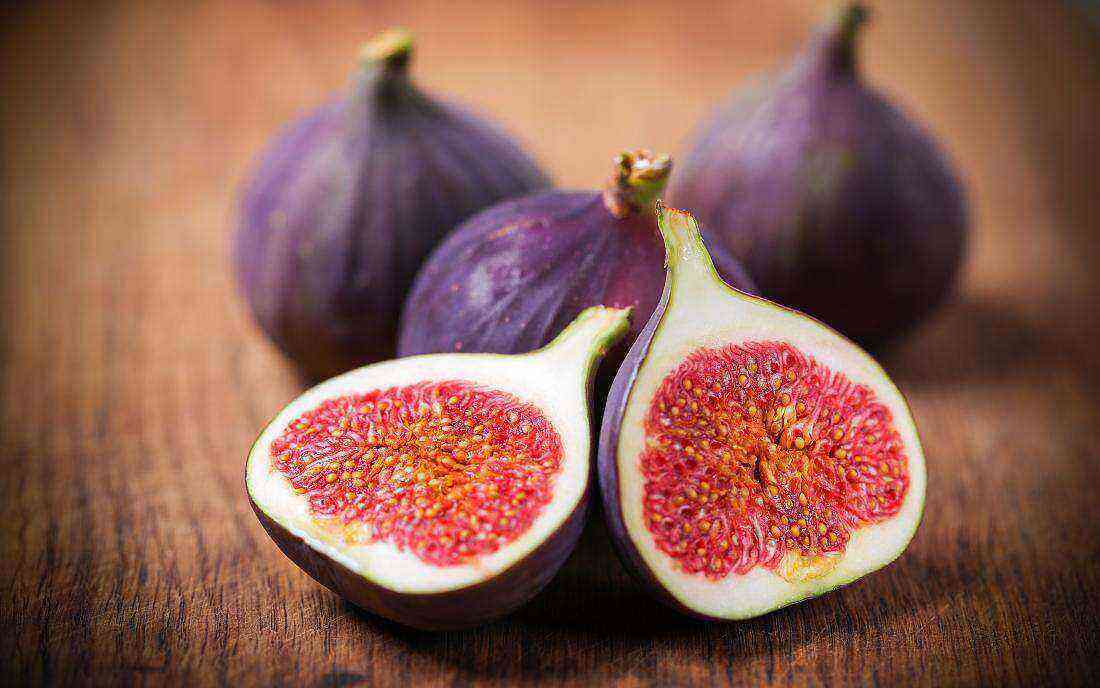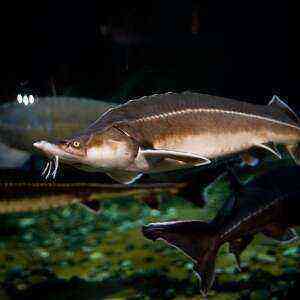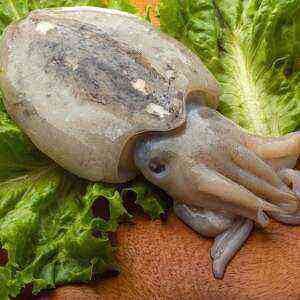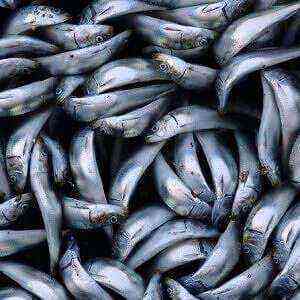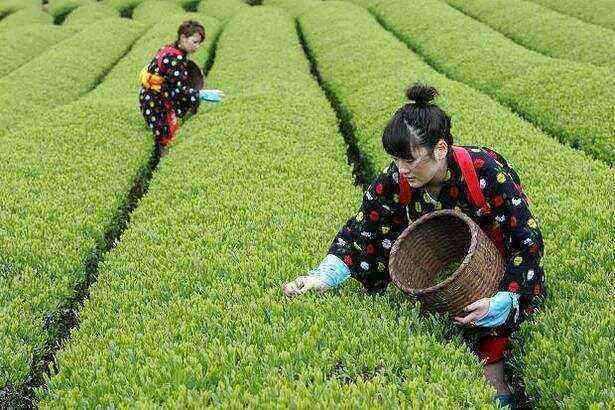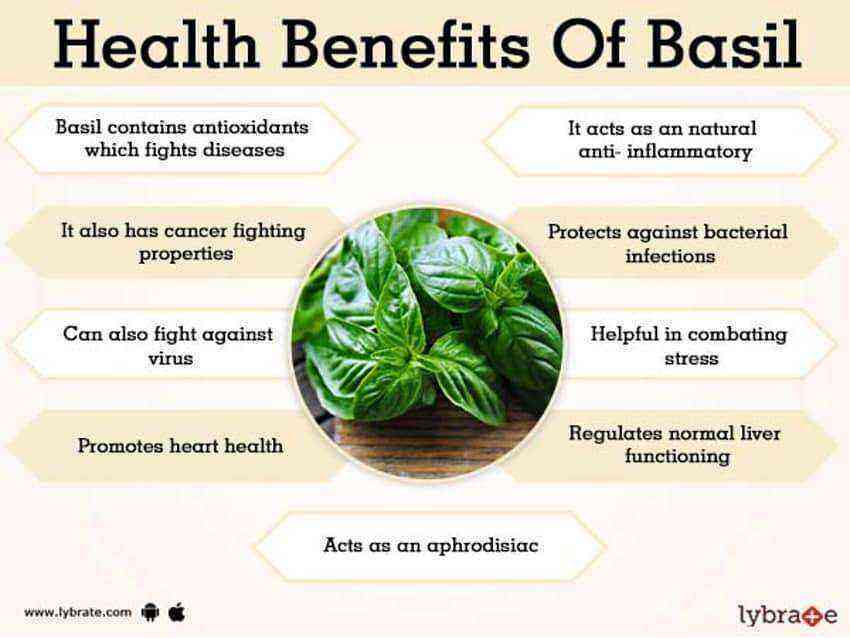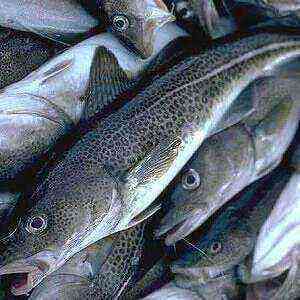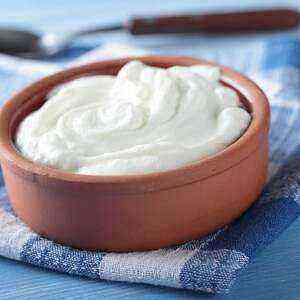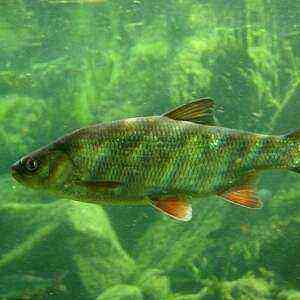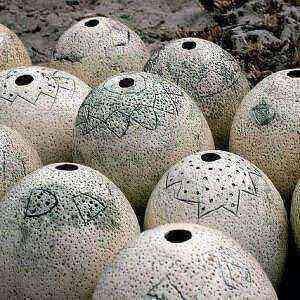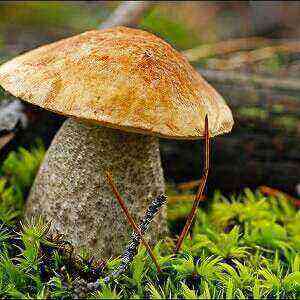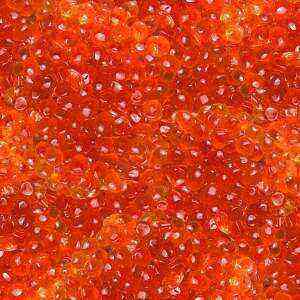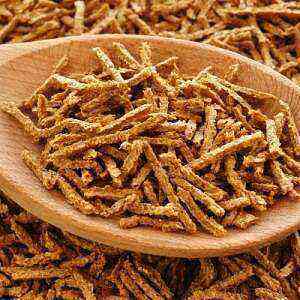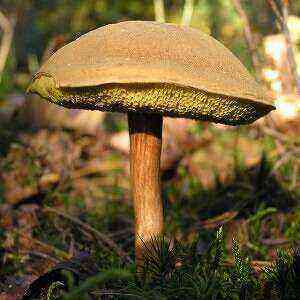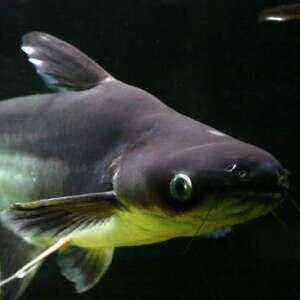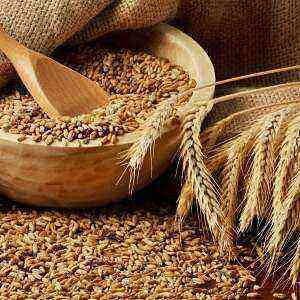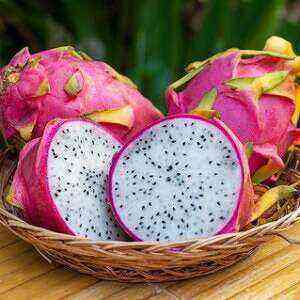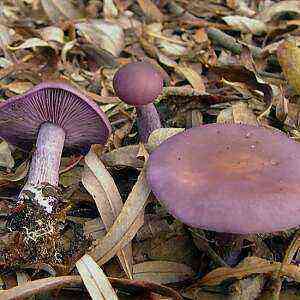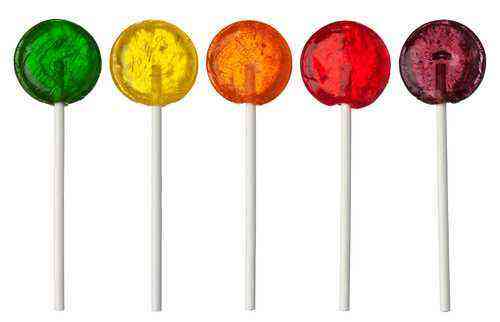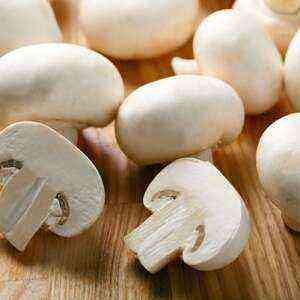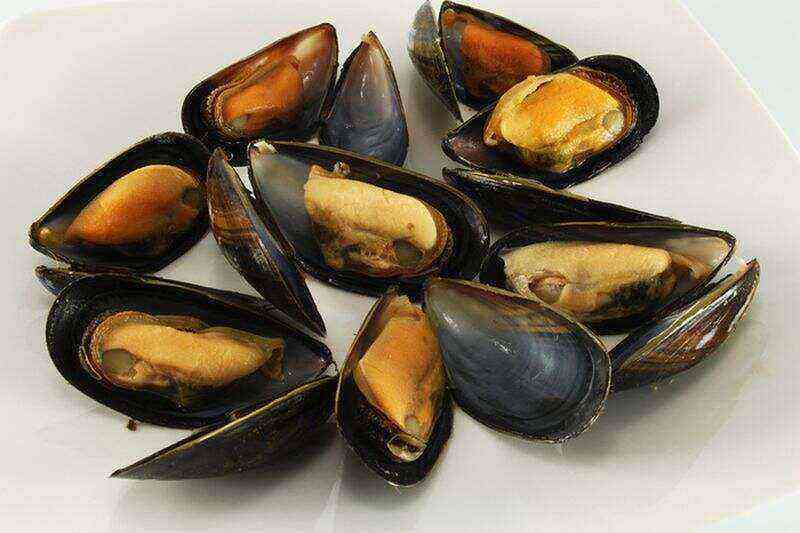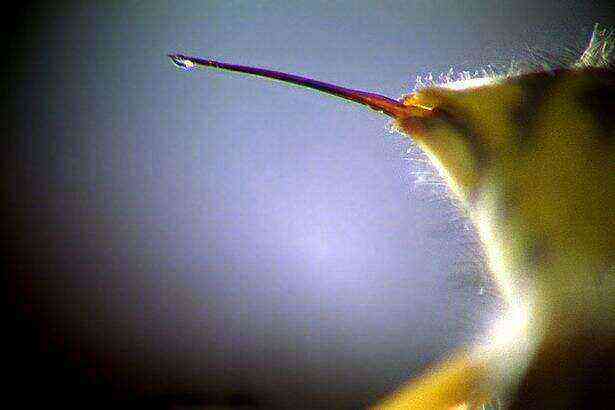 The large leaves and luscious green-pink stem of rhubarb are difficult to confuse with another plant. This haunted culture is one of the most popular in the world. It is grown, it seems, in all corners of the planet. Many people love rhubarb for its pleasant sweet and sour taste and do not even know how many nutrients are contained in its stems. And rhubarb is an excellent source of B vitamins, calcium, manganese, potassium, vitamins C and K. In addition, the plant effectively lowers blood glucose levels and acts on the body as a mild laxative.
The large leaves and luscious green-pink stem of rhubarb are difficult to confuse with another plant. This haunted culture is one of the most popular in the world. It is grown, it seems, in all corners of the planet. Many people love rhubarb for its pleasant sweet and sour taste and do not even know how many nutrients are contained in its stems. And rhubarb is an excellent source of B vitamins, calcium, manganese, potassium, vitamins C and K. In addition, the plant effectively lowers blood glucose levels and acts on the body as a mild laxative.
General characteristics
Many can be driven into a dead end by the question: “What is rhubarb: a vegetable or a fruit?” Botanically, it is a vegetable, but its flavor and use in the kitchen bears more resemblance to fruit. In English speaking countries, rhubarb is called “pie plant” which translates as “pie plant”. And all because these stems, along with many berries and fruits, are often used by Americans as a filling for sweet baked goods.
The stems of this plant are very similar to celery stalks. But in rhubarb, they are not only bright green, but often with a raspberry tint. And their taste is very similar to the taste of green apples, and this is because rhubarb contains malic acid (the same substance contained in apples and grapes).
It may sound strange, but rhubarb in the botanical pedigree is a relative of buckwheat and belongs to the buckwheat family. Rhubarb is a perennial plant that can live for more than 20 years under optimal conditions. But the concept of “optimal conditions” in the case of rhubarb does not mean that the plant requires particularly reverent care or whimsical to climatic conditions.
Biologists believe that the lands of Western China, Tibet, Mongolia and Siberia are native to this culture. Since ancient times, the dried root of the plant has been used in these regions. It has been used to treat a wide variety of diseases. But the powerful healing properties also affected the cost of the medicine, and not only in the East. For example, in France in the 10th century, rhubarb was 2 times more expensive than cinnamon, and in England in the XNUMXth century – XNUMX times more than opium. But despite such popularity of the plant, Europeans began to eat it en masse only in the XNUMXth century. Interestingly, at this time, rhubarb was used in the kitchen only for making drinks and as an ingredient in meat stews. By the way, due to the fact that rhubarb easily takes root in almost any area and grows quickly, for a long time it was considered a weed.
Only the stems of the plant are used for food. The leaves and root contain a lot of oxalic acid, which in large quantities acquires toxic properties. In particular, when ingested, this substance can cause kidney failure. And 19,2 g of oxalic acid is a lethal dose for a person weighing 50 kg.
Chemical composition and nutritional characteristics
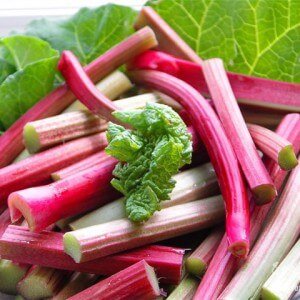 Rhubarb is one of the least high-calorie vegetables. 100 g of petioles contains only 21 kcal. However, this vegetable is rich in many vital nutrients such as fiber, polyphenolic antioxidants, minerals and vitamins. Another plus of rhubarb is the lack of cholesterol and saturated fat.
Rhubarb is one of the least high-calorie vegetables. 100 g of petioles contains only 21 kcal. However, this vegetable is rich in many vital nutrients such as fiber, polyphenolic antioxidants, minerals and vitamins. Another plus of rhubarb is the lack of cholesterol and saturated fat.
The stems are rich in a complex of B-vitamins, in particular they contain folic acid, riboflavin, niacin, pyridoxine, thiamine and pantothenic acid. Also, a vegetable can be considered a good source of vitamin A. But it should be noted that there is much more of this useful substance in red petioles than in green ones. In particular, bright petioles can be seen as a potential source of three forms of provitamin A: beta-carotene, zeaxanthin, and lutein. With powerful antioxidant properties, these substances are beneficial for maintaining healthy skin and mucous membranes. Well, perhaps the most well-known benefit of this vitamin is its benefits for eyesight. Scientific research confirms that vitamin A is the most beneficial ingredient for healthy eye function. In addition, some laboratory experiments indicate the benefits of vitamin A in the prevention of lung cancer and malignant tumors in the oral cavity.
Like other green vegetables such as kale or spinach, rhubarb stems provide ample amounts of vitamin K. 100 grams of fresh stems contain about 30 micrograms of this nutrient, which is almost a quarter of the daily value of the vitamin. The benefits of vitamin K are in maintaining healthy bones and proper blood clotting, preventing damage to neurons in the brain, and this is an important prevention of Alzheimer’s disease.
In addition, petioles are rich in beneficial minerals such as iron, copper, calcium, potassium, phosphorus, and others. But I must say that the body does not have time to absorb a significant part of them, since in combination with oxalic acid, the bioavailability of minerals decreases.
Nutritional value at 100 g
Caloric value 21 kcal Proteins 0,9 g Fats 0,2 g Carbohydrates 4,54 g Vitamin A 102 IU Vitamin C 8 mg Vitamin E 0,27 mg Vitamin K 29,3 μg Vitamin B1 0,02 mg Vitamin B2 0,03 mg Vitamin B3 0,3 mg Vitamin B5 0,085 mg Vitamin B6 0,024 mg Vitamin B9 7 μg Potassium 288 mg Sodium 4 mg Calcium 86 mg Copper 0,021 mg Iron 0,22 mg Magnesium 12 mg Manganese 0,2 mg Phosphorus 14 mg Zinc 0,1 mg Selenium 1,1 mcg
Useful Properties
 Rhubarb is one of the oldest medicinal plants used in Chinese medicine. In China and Korea, rhubarb extract is traditionally used to prevent and treat many ailments, including ulcers, cancer, fever, headache, toothache, and some liver diseases. In the European tradition, rhubarb is famous as a remedy for constipation, diarrhea, flatulence. And in recent years, this plant has become the object of scientific research, the results of which have revealed many of the benefits of the vegetable.
Rhubarb is one of the oldest medicinal plants used in Chinese medicine. In China and Korea, rhubarb extract is traditionally used to prevent and treat many ailments, including ulcers, cancer, fever, headache, toothache, and some liver diseases. In the European tradition, rhubarb is famous as a remedy for constipation, diarrhea, flatulence. And in recent years, this plant has become the object of scientific research, the results of which have revealed many of the benefits of the vegetable.
Protects against cancer
For the first time, British scientists started talking about the anti-cancer properties of rhubarb in 2012. The stems are pink in color and have antioxidant properties. And all thanks to the content of flavonoids in them, which help protect cells and DNA from the harmful effects of free radicals and mutations. It also contains small amounts of another powerful antioxidant, manganese.
In addition, the researchers found organic compounds, anthraquinones, in the plant, which also have anti-cancer properties. In particular, preliminary studies indicate that these substances induce the self-destruction of cancer cells in the liver. And scientists from Singapore believe rhubarb juice is useful for stomach cancer, especially after surgery. But still, scientists are in no hurry to draw final conclusions, as they plan to continue research in this direction.
Improves the health of the heart and blood vessels
Rhubarb does not contain cholesterol and caffeine, which makes it safe for the heart and blood vessels. In addition, 100 g of a vegetable contains almost 2 g of fiber, and it is also beneficial for the cardiovascular system, at least in that it helps to cleanse the body of excess cholesterol. American researchers conducted an experiment: for 4 weeks, the subjects received 27 g of fiber from rhubarb. As a result, their bad cholesterol levels dropped by 8%. And within a month after removing rhubarb from the diet, the cholesterol level returned to baseline.
Strengthens immunity
A serving of rhubarb is nearly 13% of your daily value for vitamin C, a powerful antioxidant, anti-inflammatory, and antimicrobial agent. The presence of a sufficient amount of vitamin C in the body is the key to good immunity, beautiful skin, strong blood vessels and the ability to resist inflammation.
Natural laxative
 The roots and petioles of rhubarb contain unique substances that have a laxative effect. Thanks to this, the vegetable is considered useful in the treatment of constipation. Keep in mind that the fiber in rhubarb is also beneficial for improving bowel motility.
The roots and petioles of rhubarb contain unique substances that have a laxative effect. Thanks to this, the vegetable is considered useful in the treatment of constipation. Keep in mind that the fiber in rhubarb is also beneficial for improving bowel motility.
Reduces blood sugar
Many studies indicate that rhubarb helps lower blood sugar. In addition, the plant itself contains a low concentration of glucose, which prevents the rise in sugar in the bloodstream.
Other benefits of rhubarb:
- useful for detoxifying the body;
- strengthens blood vessels;
- promotes weight loss;
- improves brain function;
- relieves symptoms of menopause;
- stabilizes blood clotting;
- lowers blood pressure;
- a source of nutrients for pregnant and lactating mothers;
- strengthens bones and teeth;
- improves blood circulation.
Use in folk medicine
In folk medicine, rhubarb is known as a cure for tuberculosis, liver disease, intestinal inflammation, constipation, anemia, colitis, enteritis, dispersion of the biliary tract, gastritis with low acidity, flatulence. In addition, it has anti-inflammatory and antiseptic properties.
The dried roots of the plant are included in the collection to remove bile from the body and improve the functioning of the stomach. Dry powder from the roots is used to accelerate the healing of wounds and burns.
It is useful to take rhubarb infusion as a laxative. Prepare it from 2 tablespoons of dried chopped root and a glass of boiling water. Take as tea at night. And if you pour the same amount of root into 1,5 cups of boiling water and cook for a couple of 30 minutes, you get a remedy for anemia, hypertension and nosebleeds.
Dry rhubarb roots can be used to make a cure for hepatitis. Herbalists advise 2 tbsp. l. powder from the roots, pour 0,5 liters of boiling water and leave in a water bath for 20 minutes. Then pour everything into a thermos and insist overnight. The finished strained infusion is taken before each meal, 1 tablespoon (you can seize with a teaspoon of honey each time).
Use in cosmetology
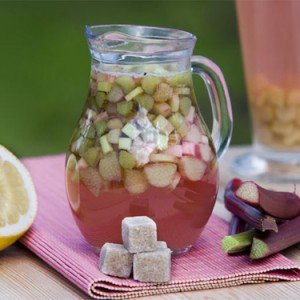 Rhubarb is a storehouse of vitamin A. This natural antioxidant helps neutralize free radicals, delay the appearance of wrinkles, and maintain a healthy-looking skin. In addition, the juice of this plant is known for its antibacterial and antifungal properties. Shredded vegetable pulp is effective in treating many skin infections.
Rhubarb is a storehouse of vitamin A. This natural antioxidant helps neutralize free radicals, delay the appearance of wrinkles, and maintain a healthy-looking skin. In addition, the juice of this plant is known for its antibacterial and antifungal properties. Shredded vegetable pulp is effective in treating many skin infections.
Hair also feels the benefits of this plant. For example, thanks to oxalic acid, a decoction or infusion of rhubarb root returns shine to colored hair. But in order to avoid harmful effects on the skin, the product should not be kept on the head for a long time. It is better to use a decoction from the root for rinsing. Prepare this tool like this: take 3 cups of water for 2 tablespoons of dry roots, boil for 15 minutes and insist overnight.
Potential harm of rhubarb
Only the petioles of the plant are edible, its greens and roots are dangerous to health, and in certain quantities can even cause death.
The biggest danger in rhubarb is oxalic acid (oxalates). The oxalates in the raw plant can cause a variety of side effects, from burning in the eyes, throat, and mouth, to swelling, difficulty breathing, seizures, and even kidney failure. In addition, some researchers suggest that eating high amounts of oxalate causes calcium deficiency by minimizing the body’s ability to absorb this mineral. But at the same time, it should be said that boiled rhubarb stalks do not pose a danger to humans.
How to choose and store
The rhubarb season starts in April-May and lasts all summer. But growing the plant in greenhouses makes it available all year round. When choosing rhubarb, it is important to pay attention to the appearance of the vegetable. The most delicious and healthy are the fresh stems, which are characterized by shiny skin and a hard, juicy stem. But petioles with spots or damage should be avoided.
Fresh stems can be refrigerated for up to a week. To prevent moisture loss, petioles previously peeled from leaves should be kept in plastic bags or plastic containers. For longer storage, rhubarb can be frozen or canned.
Use in cooking
Most often, rhubarb is used to make aromatic jams, baking fillings and pancakes. Rhubarb, combined with berries, fruits and nuts, can be added to ice cream, dairy desserts and smoothies. If you mix the strawberry, rhubarb puree and a little lime juice, then spread the mixture into molds and freeze it, you get a delicious summer sorbet. But perhaps the most common use of rhubarb in the kitchen is as a filling for pies. To many, these pies are reminiscent of childhood.
But rhubarb can also serve as a delicious addition to meat. For example, it goes well with grilled pork, duck or game birds. A particularly beneficial combination in meat sauce is rhubarb and cranberry. And cut into small slices and seasoned with vinegar will perfectly complement salads.
Fresh stems are washed and peeled from the outer protective film. For the preparation of desserts and sauces, as a rule, they take rhubarb, cut into slices 1-1,5 cm wide.Do not cook the petioles in dishes made of iron, aluminum or copper, since the substances contained in the vegetable react with metal and lead to a change the color of the rhubarb dish and the dishes themselves. For these purposes, containers made of glass or coated with a non-stick layer are best suited.
Other benefits of rhubarb
Oxalic acid in large quantities can be dangerous to humans, but in some cases, it is thanks to this substance that rhubarb becomes especially useful. For example, when it is necessary to get rid of aphids. This pest is known to many gardeners. Besides, getting rid of it is not so easy. But there is an excellent remedy for unwanted guests – a decoction of rhubarb leaves. For 3-5 sheets, take a liter of water and cook everything together for about 30 minutes. Then a little laundry soap is added to the strained liquid. The cooled agent is sprayed with leaves with aphids. However, this mixture should not be sprayed with leafy vegetables, such as cabbage, as rhubarb poison remains on the leaves.
Perhaps there are no people who would not know what rhubarb is. These sweet and sour stems are a favorite treat for many children and adults. And I must say – a very useful delicacy. So don’t miss the rhubarb season to replenish your body’s supply of nutrients.

